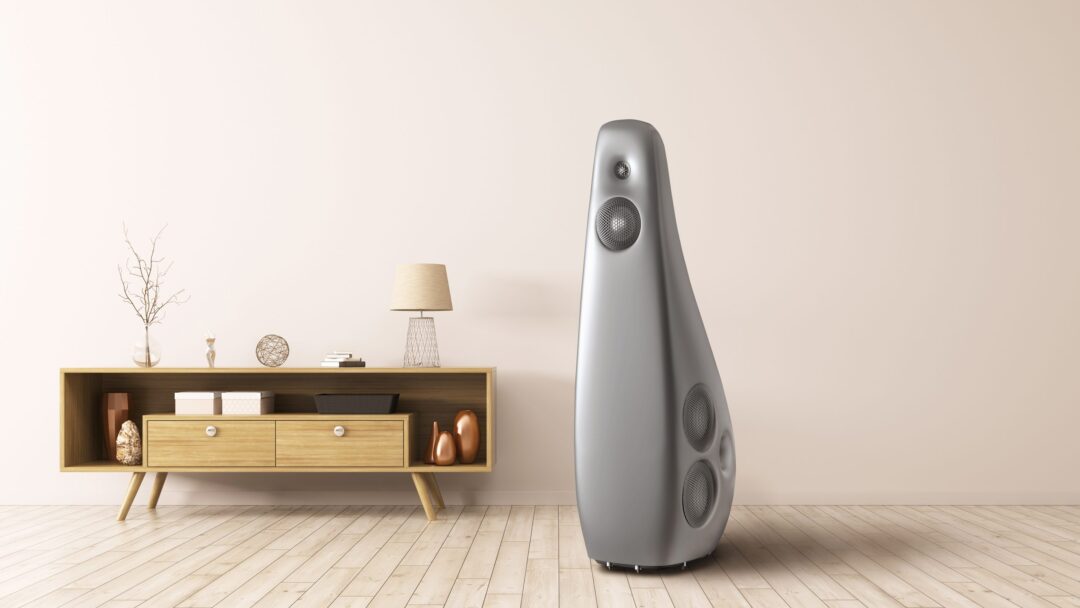Some are willing to go further than others in the search for the perfect sound. In the subject of speakers, this is a real craft art. And with the Kaya 90, South African – and British – Vivid Audio has given itself an extra challenge. Namely, to make a relatively compact floor-standing speaker behave as if it were almost twice as big.
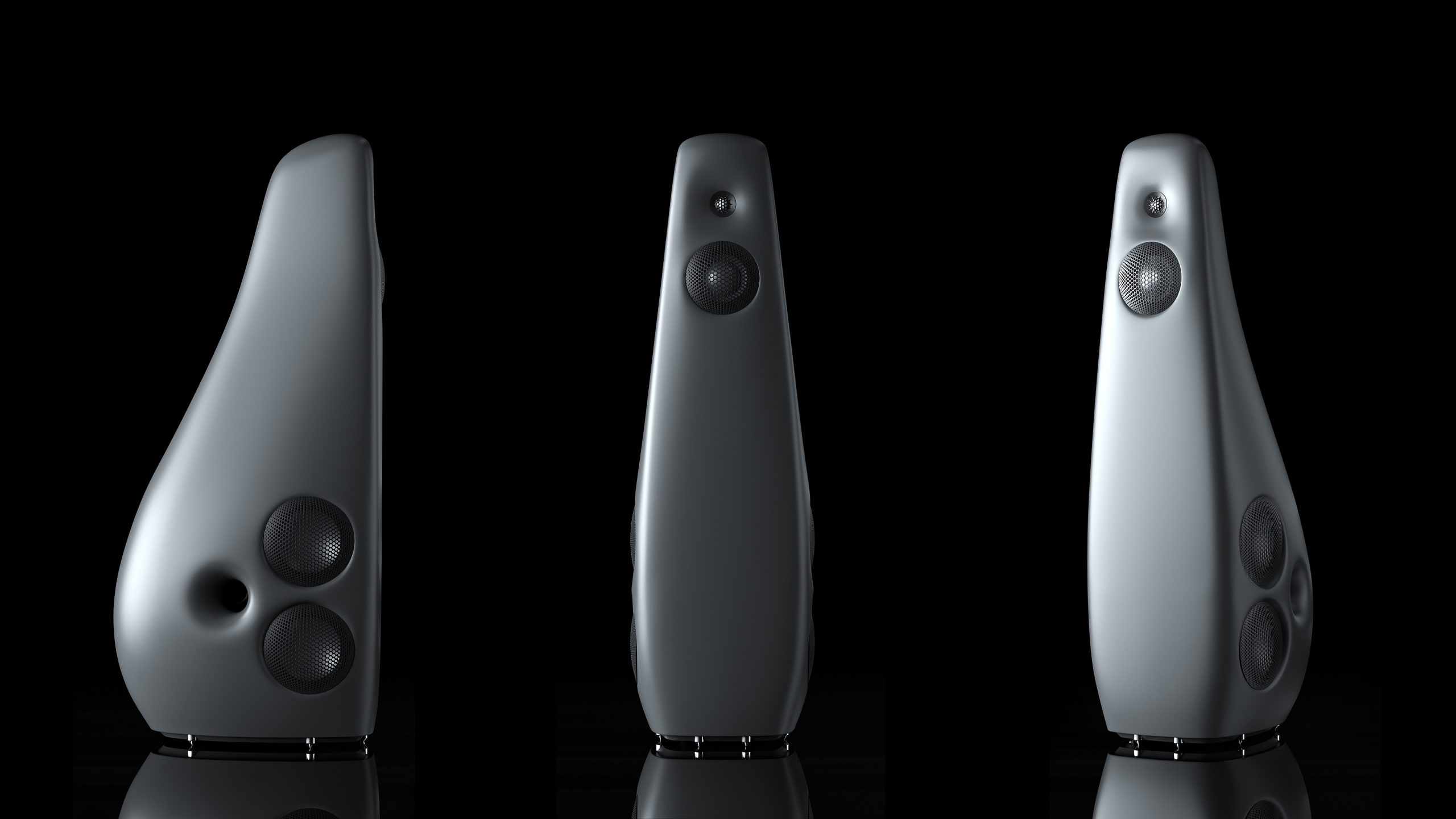
Energy transfer
The speaker’s job is to transform the electrical music signal into pressure changes in the open air, so that the ear – and the body – can pick it up. This is a very inefficient process. And the little energy that emerges should appear as little distorted as possible along the way, so that the music appears with the same degree of presence as at the moment it was recorded. Whether you experience a recording from the Concert Hall in Munich as just that, depends on how accurately the speaker transmits the electrical energy to the air.
– At this level, every improvement is so costly, that only a few in the world take the trouble.
Formula 1
It is extremely difficult, which is why there are speakers for several hundred thousand kroner. And if anyone, even in the high-end segment, has said they made the perfect speaker, it’s either out of a lie or ignorance. It is like saying that it is impossible to improve something on a Formula 1 car. It is always possible to make everything from small adjustments to radical changes, to reduce the lap time only slightly. At this level, every improvement is so costly, that only a few in the world care. The same goes for speakers.
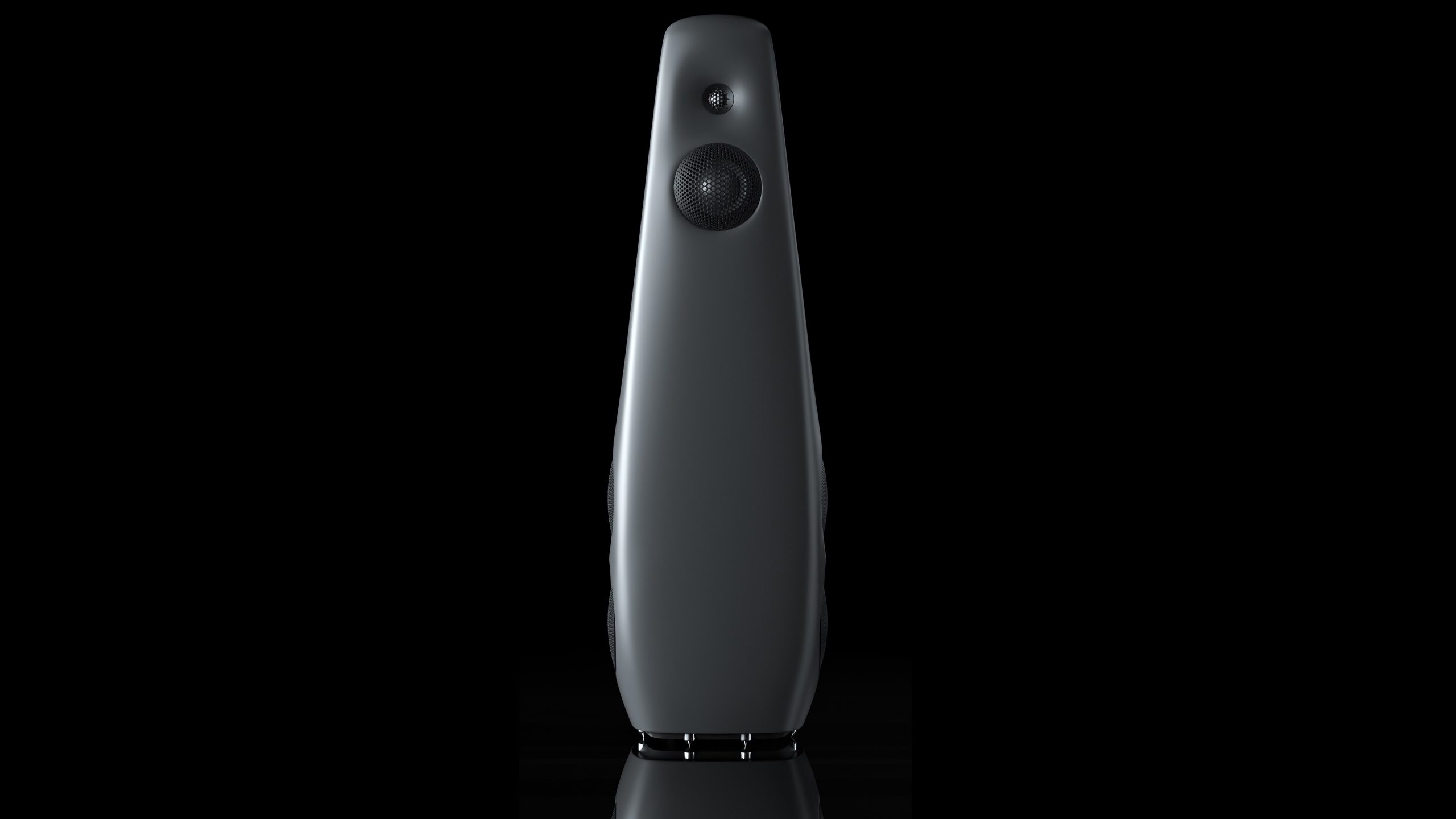
Challenges
All the moving parts of a speaker, from the elements to the cabinet, are potential sources of distortion. The cabinet should preferably do nothing but give the sound volume – do not color it. Then it must be as resonant as possible. The speaker diaphragms must be super-rigid within their range. And where do you make the energy from the back of the speaker element? The moment the sound from this is mixed with the one coming from the front – where the back is slightly delayed in relation – distortion and loss of dynamics occur. Therefore, half of the energy from the element is actually unwanted.
Genius lines in a row
In the search for the perfect speaker, Vivid Audio has taken scientific action. The knowledge has been taken to the extreme in the top model Giya G1 Spirit for 700,000 kroner for a couple. But thank God, the cheaper Kaya series has inherited the same basic principles. Which makes the largest – but still relatively compact – Kaya 90 a rather special speaker.
Tapered tubes = inverted horns
The most distinctive thing about the speakers is that each and every speaker element is mounted at the end of a tapered tube that goes backwards, through the cabinet. That it is tapered means that it gradually goes inwards, opposite of a loudspeaker horn.
A loudspeaker horn amplifies the sound from a loudspeaker diaphragm, in that the diaphragm operates in high air pressure inside the horn, so that the pressure gradually decreases as the sound travels outwards towards the mouth. At the end of the horn, the acoustic impedance is best adapted to the air, so that as little energy as possible is lost as the sound leaves the speaker and passes into another medium: air. In this way, a much larger part of the amplifier’s electrical energy is converted into kinetic energy in the air.
A tapered tube behind the speaker element works the other way around. As the sound moves inward into the tube, the air pressure increases. The mechanical impedance increases correspondingly, until it is finally so far from the low impedance of the air, that very little of the energy can be transferred. The result is that the sound dies out. There is then hardly any sound from the back of the speaker element, which can ruin the sound from the front. The result is in theory a speaker with much better timing and transient response.
Nautilus
It is the same principle that Bowers & Wilkins used in 1993 in their legendary Nautilus speaker, and which they themselves have today continued in their most expensive speaker series. And this is no coincidence, because the engineer who was responsible for developing the Nautilus, Laurence Dickie, is one of the founders of Vivid Audio.
The biggest challenge with tapered pipes is the bass frequencies. As the wavelength increases, the length of the tube must increase in proportion. On the Nautilus, it was solved by winding the bass tube around, in a snail shell shape. Hence the name. On the largest Vivid speakers, the tube has been allowed to go up through the entire height of the cabinet, to get to the top and then coil backwards in a spiral. Which gives a very special look.
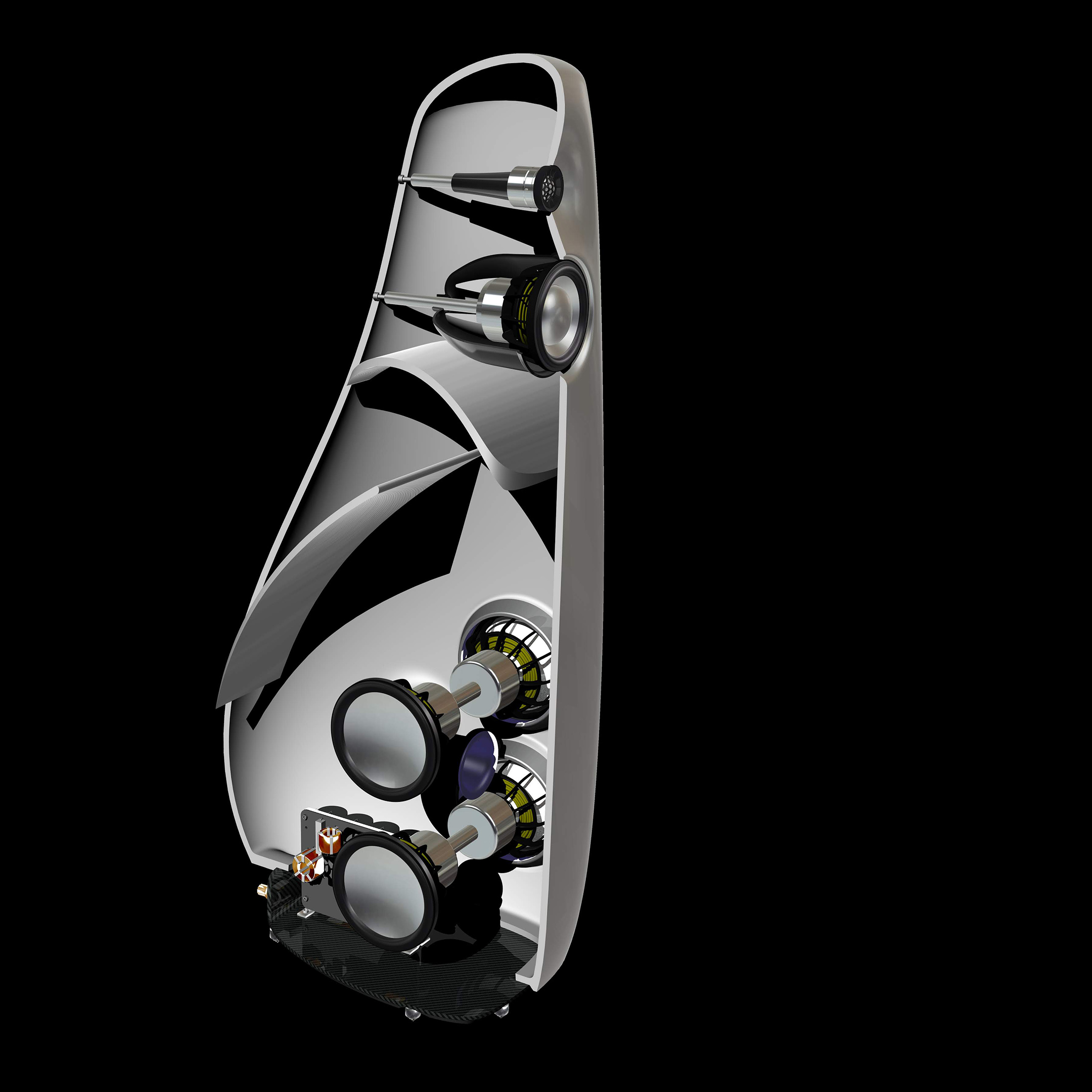
The cabinets
Kaya 90 is not big enough to solve it this way, and Vivid has also wanted to give it a less radical appearance. It has therefore been chosen to hide the tube inside the cabinet, where it folds back around itself. The pipe is also exponentially narrowed, ie steeper, so it can be made shorter.
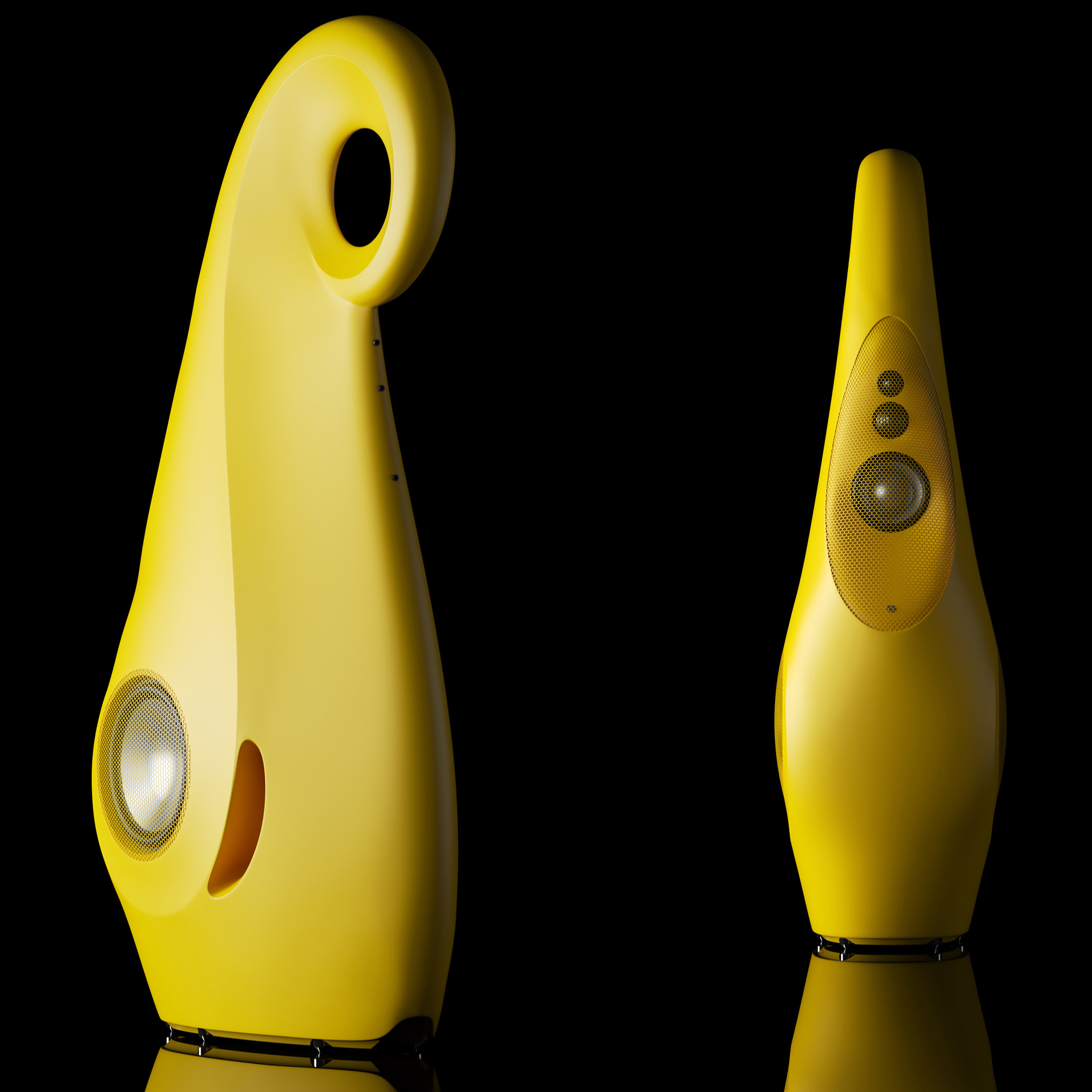
Laurence Dickie has continued the basic idea behind the advanced Matrix cabinets of B & W’s old 800 series, by having zero parallel surfaces inside the cabinets. The outer surface is also curved in a way that makes it an “infinite baffle”. This means no sharp corners, to prevent diffraction – which is particularly detrimental to the timing of the treble frequencies – as sound waves travel along the surface on the outside of the cabinet. The very shape of the cabinet – and the fact that the bass elements strike parallel to each side – prevents unwanted resonances. Which in turn means that the cabinet does not need much mass, thickness, or internal damping. It has therefore been possible to reduce the thickness and thus achieve an internal volume of 90 liters from a cabinet that looks much smaller. The weight is also a moderate 35 kilos per speaker.
The elements
All speaker elements have aluminum diaphragms, and have their breaking point far above the crossover frequency. This for the lowest possible distortion in its operating frequency range. And as mentioned, all the elements each have their own narrowed tube that absorbs the energy from the back of the membrane.
All elements have their own huge and powerful magnet, for the best possible control. The trebles alone have a flux density of 2.4 tesla, which is extreme – more than double what is normal. Both the elements and the rest of the creation are made by Vivid Audio. This means total control over the entire speaker construction.
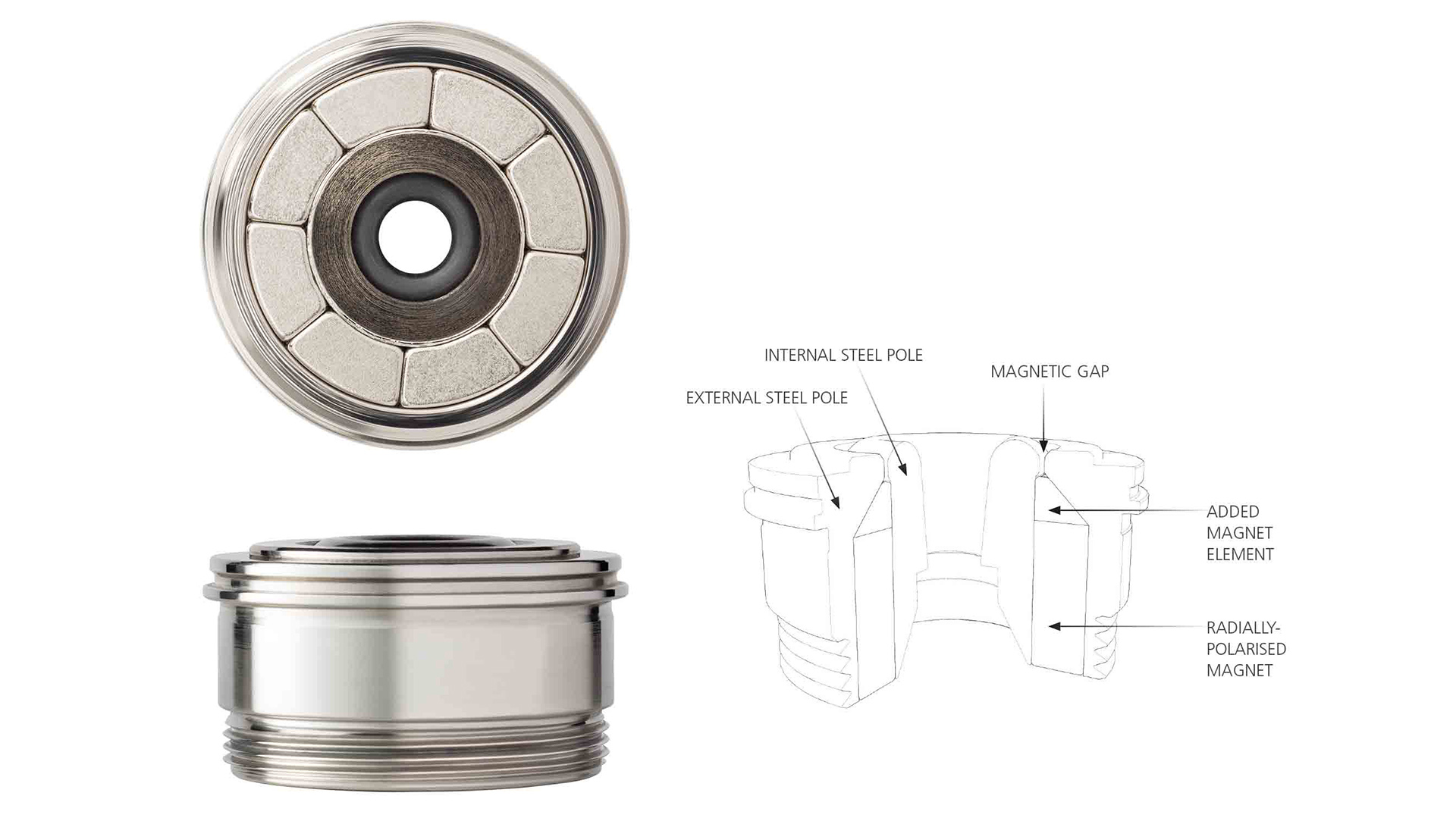
Enough talk – how do they sound?
All this theory is all well and good, but how do the speakers sound in practice? Yes. Thanks, just fine.
For the occasion, we have connected Devialet Expert 220 Pro, big brother to the fantastic 140 Pro, and streams music directly from Tidal through Roon over networks. Devialet has filter profiles for Kaya 90, but in this test the speakers run without correction.
Live concert
If you want goosebumps, you can play the Live version of Susanne Sundfør’s Undercover, from the concert at the Barbican in London. With Kaya 90, it sounds so open, big and true to nature that I do not miss having been there myself. Because here I get to move the whole concert hall into the test room, where the sound from the piano spreads out into the room, with a natural and rock-solid foundation at the bottom. And with Susanne’s distinctive voice, which is as powerful as it is airy. There she stands, in the middle of the room, twisting her soul.
– When have I previously heard the sound as colorless and vivid as this? I do not remember.
There is nothing worse with the classic release La Tarantella: Antidotum Tarantulae, with the instrumental ensemble L’Arpeggiata. Chestnuts and flamenco guitar get prominent roles on track 3: Tarantella napoletana, Tono hypodorico. And there is something magical about the stereo image the speakers draw. Not only is the soundscape wide, but you get a sense of height here as well. The click from the castanets has exquisite precision thanks to the superb impulse response. They hang in the air, and almost float around the room.
The warmer soundscape from the strings on Luka Sulic’s interpretation of The Four Seasons by Vivaldi is depicted with both fullness but also with air. Lots of air. And with such a control over every little detail as well as big dynamic blowouts, that it is simply unfamiliar. When have I previously heard the sound as colorless and vivid as this? I do not remember.
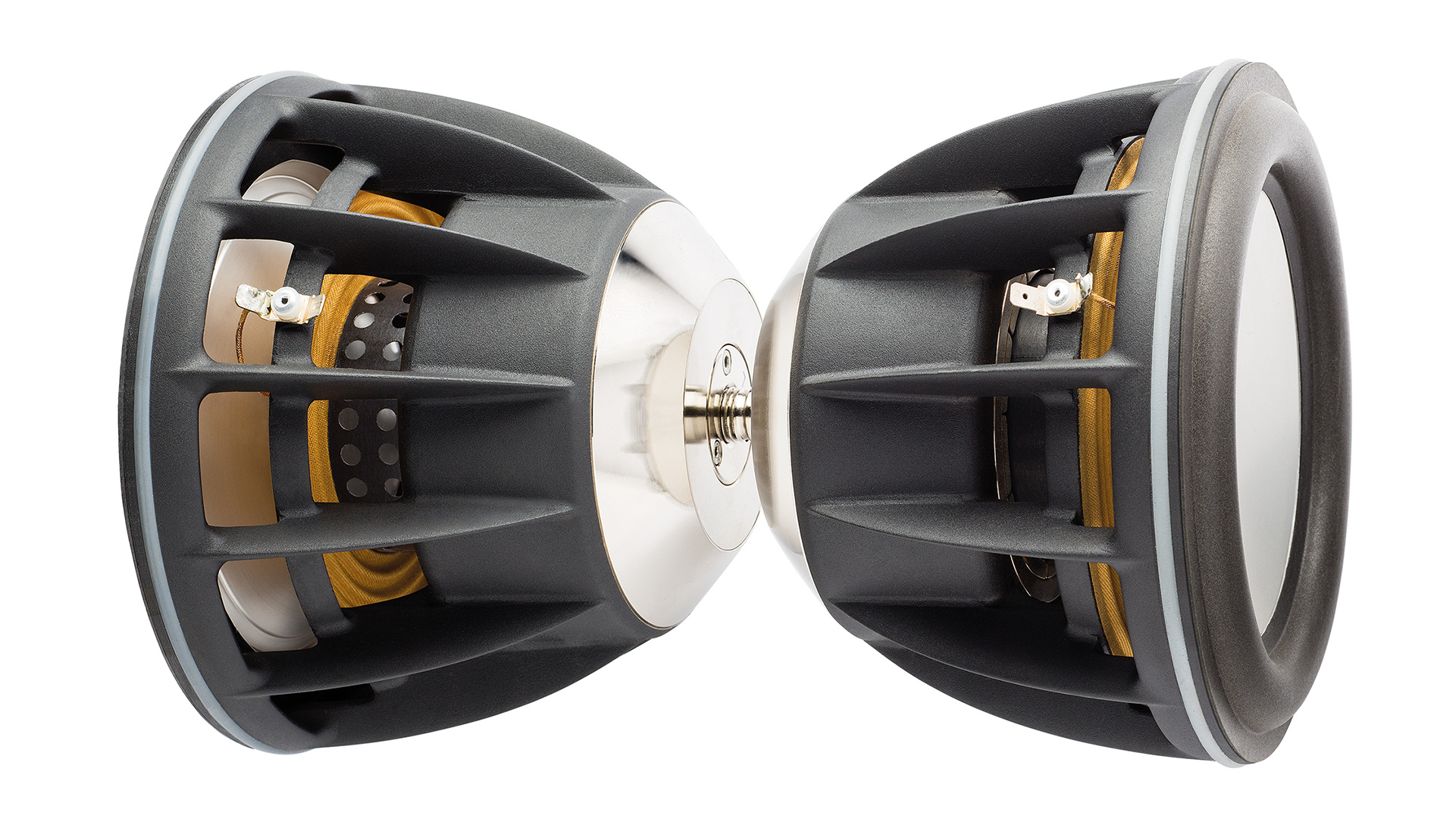
Deep bass?
I have admittedly heard an even deeper rendition of the double basses and timpani in Stravinsky’s Firefly played by the Minnesota Orchestra, but I would still say that the Kaya 90 goes plenty deep. And the extreme speed and ability to distinguish between strong and weak parts – combined with a clarity in the sound and the ability to pull oneself out of the action – I’m not sure if I’ve heard before. And then I include both B&W 803 D3, Nordic Tone and Focal Sopra No 3. To name a few really good speakers. And I wonder if KEF Blade Two must also see itself beaten when we talk about the ability to draw this type of holographic soundscape. Although they too are extremely good at this.
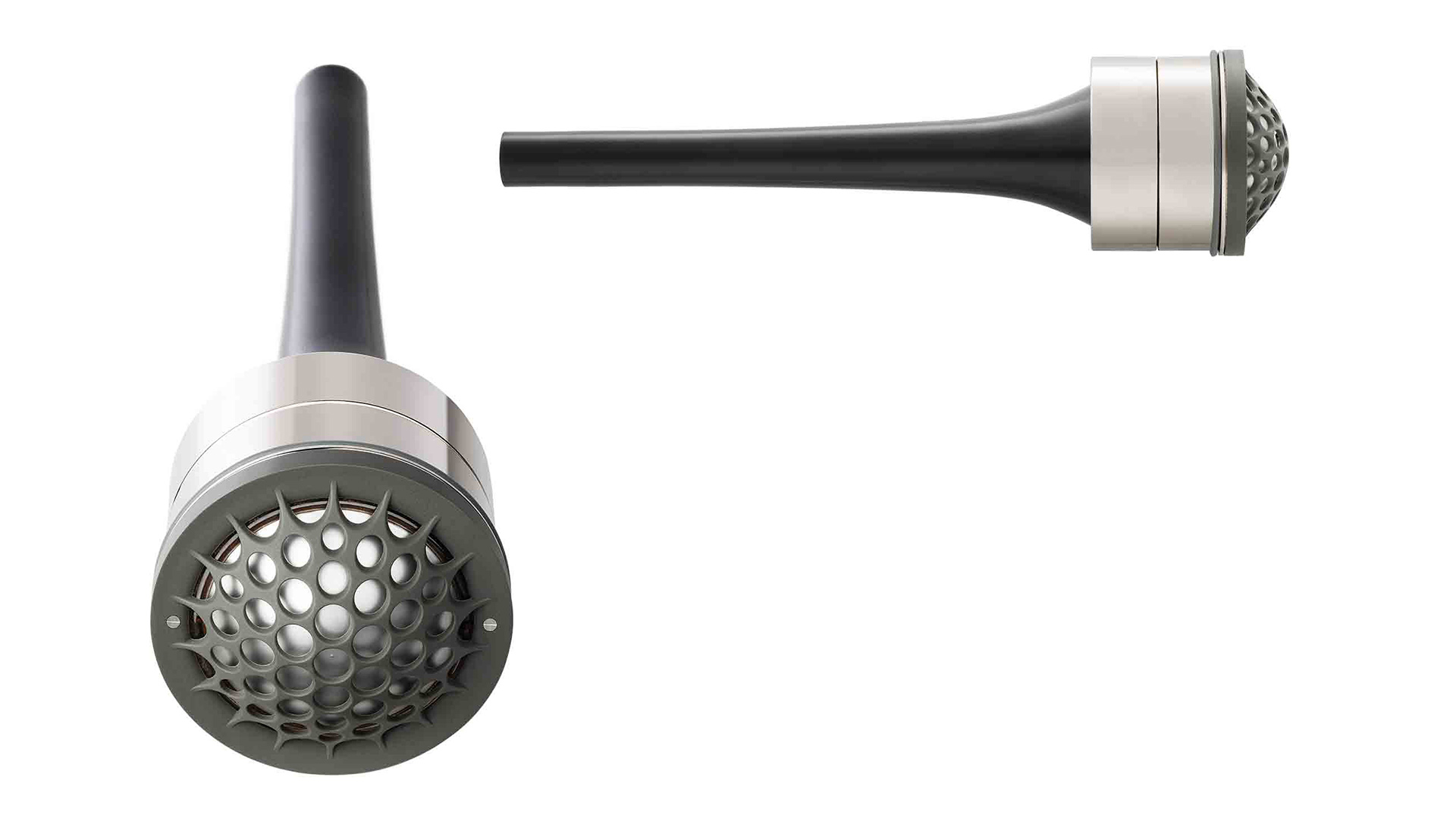
Pop music
Some high-end speakers sound great on one thing, and boring on another. Not Kaya 90. An example is the hard-compressed Bad To You by Ariana Grande, Normani and Nicki Minaj. The bass rhythms slam hard and physical, while the almost brutally sharp treble from the synthetic snare drum beats is not allowed to be as prominent as with some other speakers. The reason is not that Kaya 90 holds back or rounds off the treble, but rather that they do not add their own distortion to the one who is already there. The result is actually quite tough.
Eminem’s hip-hop classic Without Me creates so much life and movement that I sit and grin. Okay, then there are speakers with even deeper bass and which make the trouser legs tremble to a greater extent. Vivid has not stepped in to spice up the bass. But the dynamics of the drums, the clarity of the fast wordplay and the twists, and again with a larger soundscape than I can remember hearing this music, make this an addictive listening.
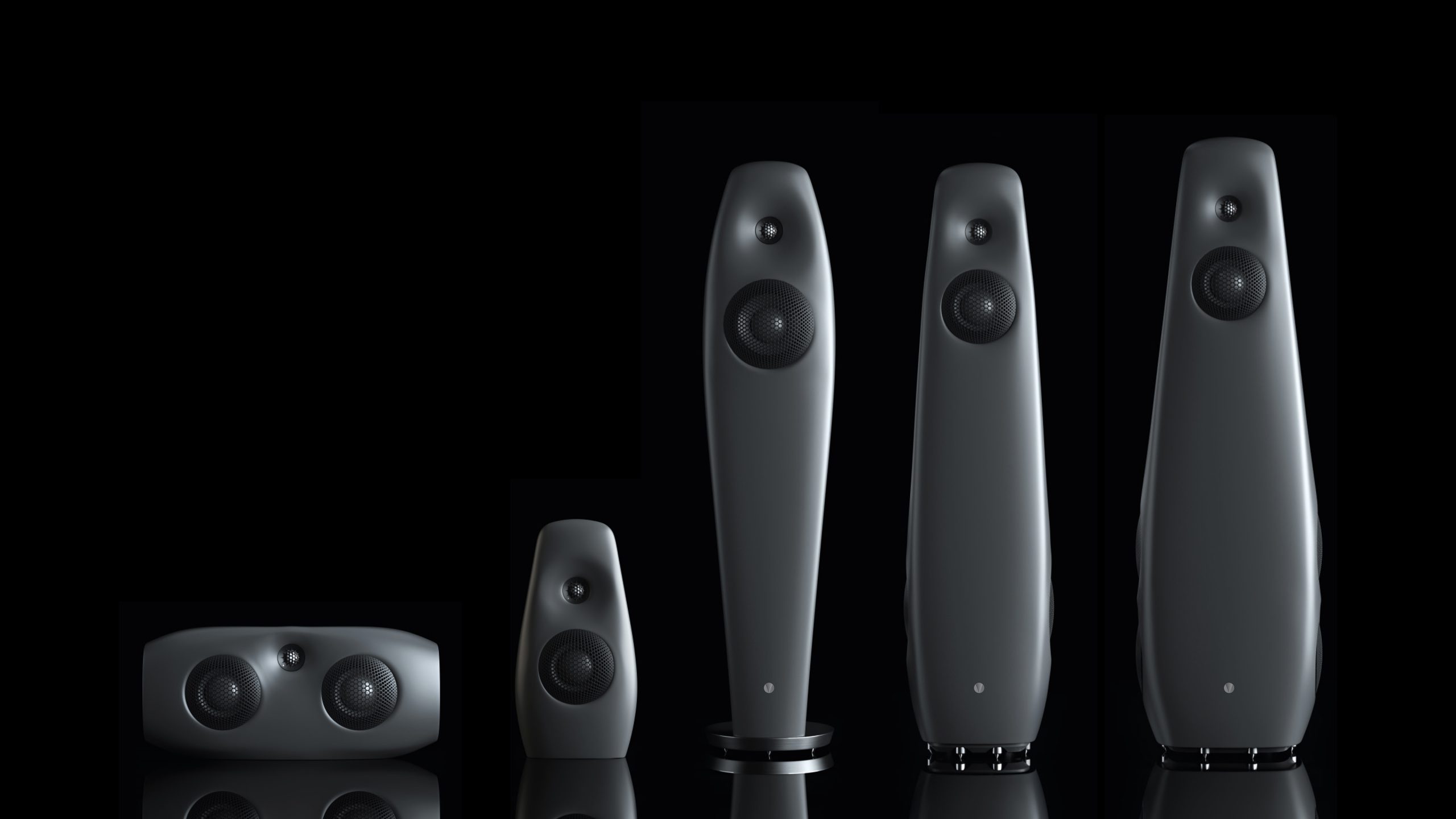
Conclusion
Kaya 90 is the undersigned’s first encounter with Vivid Audio. I must admit I often have some prejudices against manufacturers of speakers in the half-million class. But when I heard these at 270,000 kroner per couple, the aha experiences came in such a row, that I am reminded that it is simply expensive to cough up the best solutions.
For Kaya 90 is a diamond of a speaker. Unfortunately, it costs far too much for most people to even dream of buying a pair. But for the price, you get one of the most dynamic, interest-playing and holographically correct speakers on the market.
It is allowed to dream.

We think
The music is reproduced with a fantastic purity, and with a dynamic and ability to play loud, which is almost unheard of in size. It's not just an extreme price on the speakers. The rest of the facility will also be in style. Just to start saving, guys!
27000 €
Specifications
- Type: 3-way floor-standing speaker
- Frequency response: 35-25,000 Hz (-6dB)
- Sensitivity: 90 dB / 6 ohms
- Treble: 1 “aluminum, tapered tube
- Middle tones: 4 “aluminum, tapered tube
- Basses: 4 x 5 “aluminum, exponentially tapered tube
- Dimensions: 37 x 120 x 54 cm
- Colors: Black piano lacquer, pearl white, matt silver (Oyster Matte), more to order
